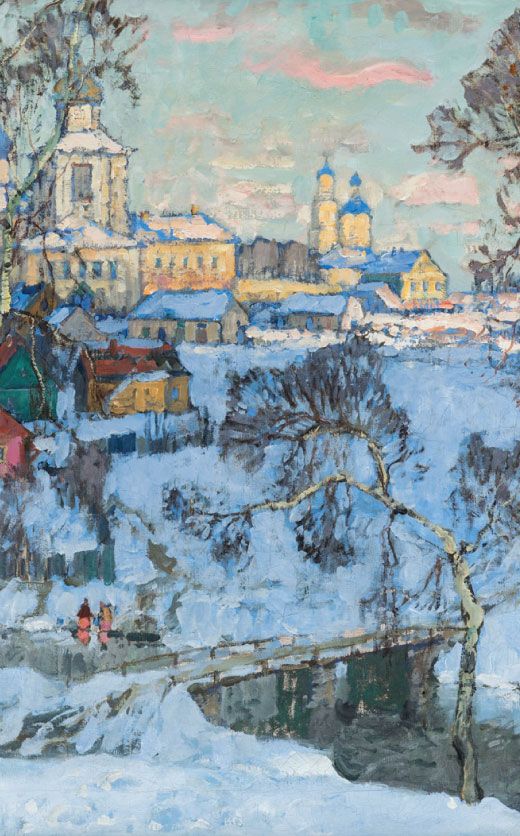Late 19th C. Oceania Papua New Guinea Massim Zoomorph
Lot 6
About Seller
Artemis Fine Arts
686 S Taylor Ave, Ste 106
Louisville, CO 80027
United States
Selling antiquities, ancient and ethnographic art online since 1993, Artemis Gallery specializes in Classical Antiquities (Egyptian, Greek, Roman, Near Eastern), Asian, Pre-Columbian, African / Tribal / Oceanographic art. Our extensive inventory includes pottery, stone, metal, wood, glass and textil...Read more
Categories
Estimate:
$1,000 - $1,800
Starting Bid
$500
Absentee vs Live bid
Two ways to bid:
- Leave a max absentee bid and the platform will bid on your behalf up to your maximum bid during the live auction.
- Bid live during the auction and your bids will be submitted real-time to the auctioneer.
Bid Increments
| Price | Bid Increment |
|---|---|
| $0 | $25 |
| $300 | $50 |
| $1,000 | $100 |
| $2,000 | $250 |
| $5,000 | $500 |
| $10,000 | $1,000 |
| $20,000 | $2,500 |
| $50,000 | $5,000 |
| $100,000 | $10,000 |
| $200,000 | $20,000 |
About Auction
By Artemis Fine Arts
Aug 22, 2025
Set Reminder
2025-08-22 10:00:00
2025-08-22 10:00:00
America/New_York
Bidsquare
Bidsquare : Indigenous Art - Ralph T. Coe Center, Santa Fe, NM
https://www.bidsquare.com/auctions/artemis-gallery/indigenous-art---ralph-t-coe-center-santa-fe-nm-20324
Featuring works of art from the Ralph T. Coe Center for the Arts in Santa Fe, New Mexico, a non-profit focused on promoting Indigenous Arts globally. All proceeds from the sale of these items will support future grants to Rehoming Program participants. Artemis Fine Arts info@artemisfinearts.com
Featuring works of art from the Ralph T. Coe Center for the Arts in Santa Fe, New Mexico, a non-profit focused on promoting Indigenous Arts globally. All proceeds from the sale of these items will support future grants to Rehoming Program participants. Artemis Fine Arts info@artemisfinearts.com
- Lot Description
Oceania, Papua New Guinea, Massim culture, ca. late 19th century CE. A finely carved wooden figure depicting a seated zoomorphic being, knees drawn close to the chest, elbows resting upon them, chin set contemplatively in the hands. The head is rounded and subtly elongated, with a blunt snout and small, incised circular eyes suggestive of a small rodent or mammal. The mouth is defined by a shallow carved line, and the overall facial form exudes a quiet, watchful presence. The surface is richly embellished with flowing curvilinear designs in low relief, characteristic of Massim decorative vocabulary, their spirals and scrolls lending the figure an organic rhythm. The figure rests upon an integral rectangular base, also carved with geometric and spiral motifs, grounding it within a visual continuum of pattern. Size: 2.8" L x 1.9" W x 11.5" H (7.1 cm x 4.8 cm x 29.2 cm)
Such figural carvings from the Massim region - encompassing the Trobriand Islands, D'Entrecasteaux Islands, and adjoining coastal areas - often embody ancestral spirits, totemic beings, or protective entities. The posture, with head bowed and limbs drawn inward, may suggest meditation, vigilance, or quiet authority. In Massim art, zoomorphic imagery often blurs the boundary between human and animal, reflecting a worldview in which natural and spiritual realms interpenetrate. The darkened patina, softened edges, and minute handling wear attest to the piece's age and long life within its community, perhaps adorning a ceremonial structure or serving as a talismanic guardian.
Provenance: Ralph T. Coe Center for the Arts, Santa Fe, New Mexico, USA, acquired in 2003; ex-Taylor Dale Gallery, Santa Fe, New Mexico, USA
All items legal to buy/sell under U.S. Statute covering cultural patrimony Code 2600, CHAPTER 14, and are guaranteed to be as described or your money back.
A Certificate of Authenticity will accompany all winning bids.
We ship worldwide and handle all shipping in-house for your convenience.
#196361Chipping to both ears with proper right ear, almost completely lost. Weathering to surface with abrasions and some stable hairline fissures as shown, but, otherwise, body is intact and presentation is very nice with good remaining detail and rich patina to surface. Trace remains of white pigment in a few small areas.Condition
- Shipping Info
-
All shipping is handled in-house for your convenience. Your invoice from Artemis Fine Arts will include shipping calculation instructions. If in doubt, please ask before bidding for estimated shipping costs for individual items.
-
- Buyer's Premium



 EUR
EUR CAD
CAD AUD
AUD GBP
GBP MXN
MXN HKD
HKD CNY
CNY MYR
MYR SEK
SEK SGD
SGD CHF
CHF THB
THB














